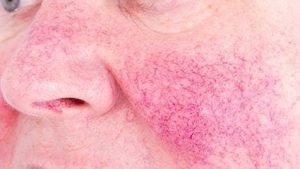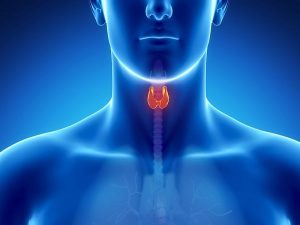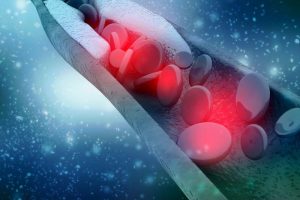
Any ‘middle-age spread’ of excess weight around your tummy could raise your risk of becoming frail decades later, a new study suggests. Obese folks who’ve packed on pounds around their waist are more likely to develop symptoms of frailty, including exhaustion, weak grip strength, slow walking speed and reduced physical activity levels, researchers say. Those symptoms can make a person more likely to hurt themselves in a fall, suffer disability, require hospitalization, have a lower quality of life and die prematurely. Frailty affects as many as 17% of older adults, according to the American Academy of Family Physicians. The new study, published Jan. 23 in BMJ Open, tracked more than 4,500 people in Norway for an average 21 years, starting at an average age of 51. Measurements of body mass index (an estimate of body fat based on height and weight) and waist circumference were taken at the start. Waistlines were categorized as “normal” if they were 37 inches or less for men and 31 inches or less for women; “moderately high” as 37-40 inches for men and 32-35 inches for women, and “high” if above 40 inches for men and 35 inches for women. People who were obese at the outset were nearly 2.5 times more likely to be frail or on the edge of frailty by the study’s end, said lead researcher Shreeshti… read on > read on >






































